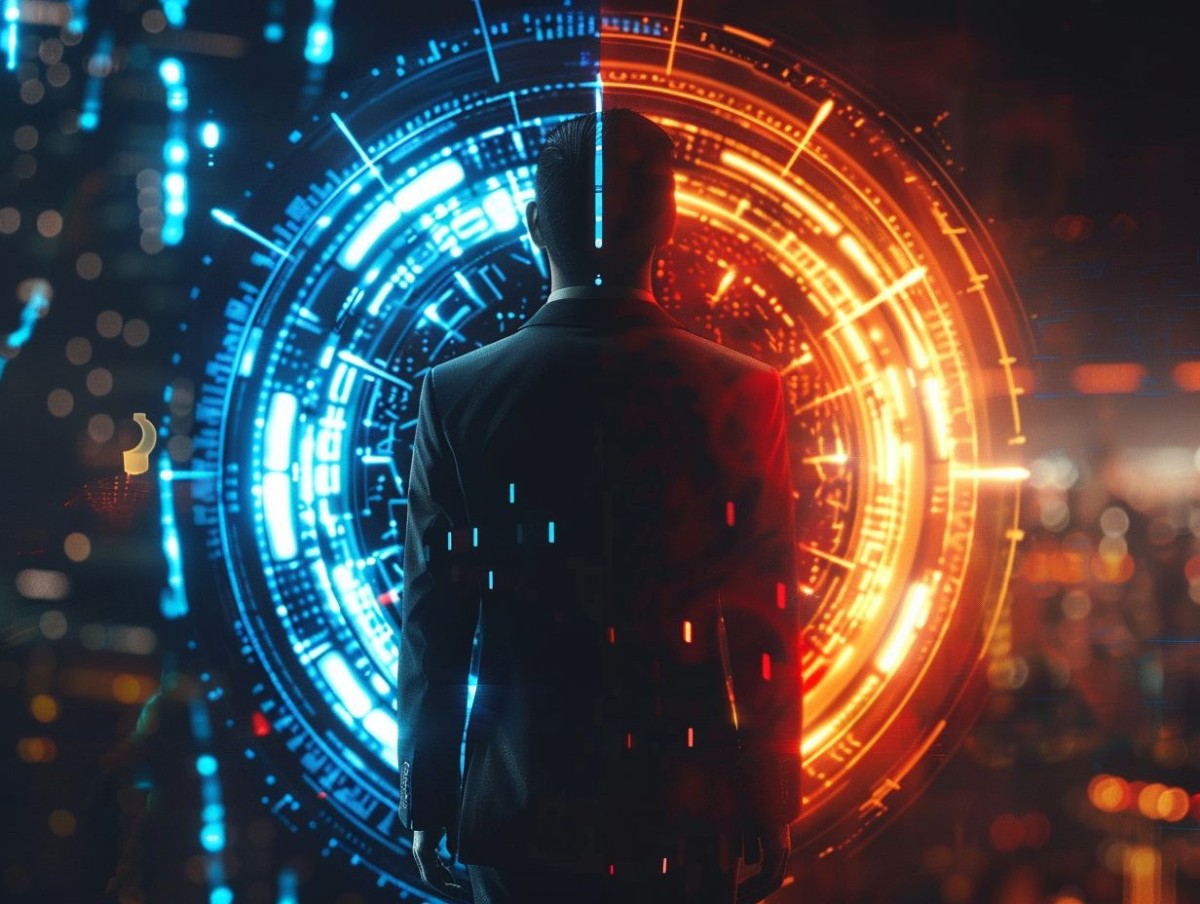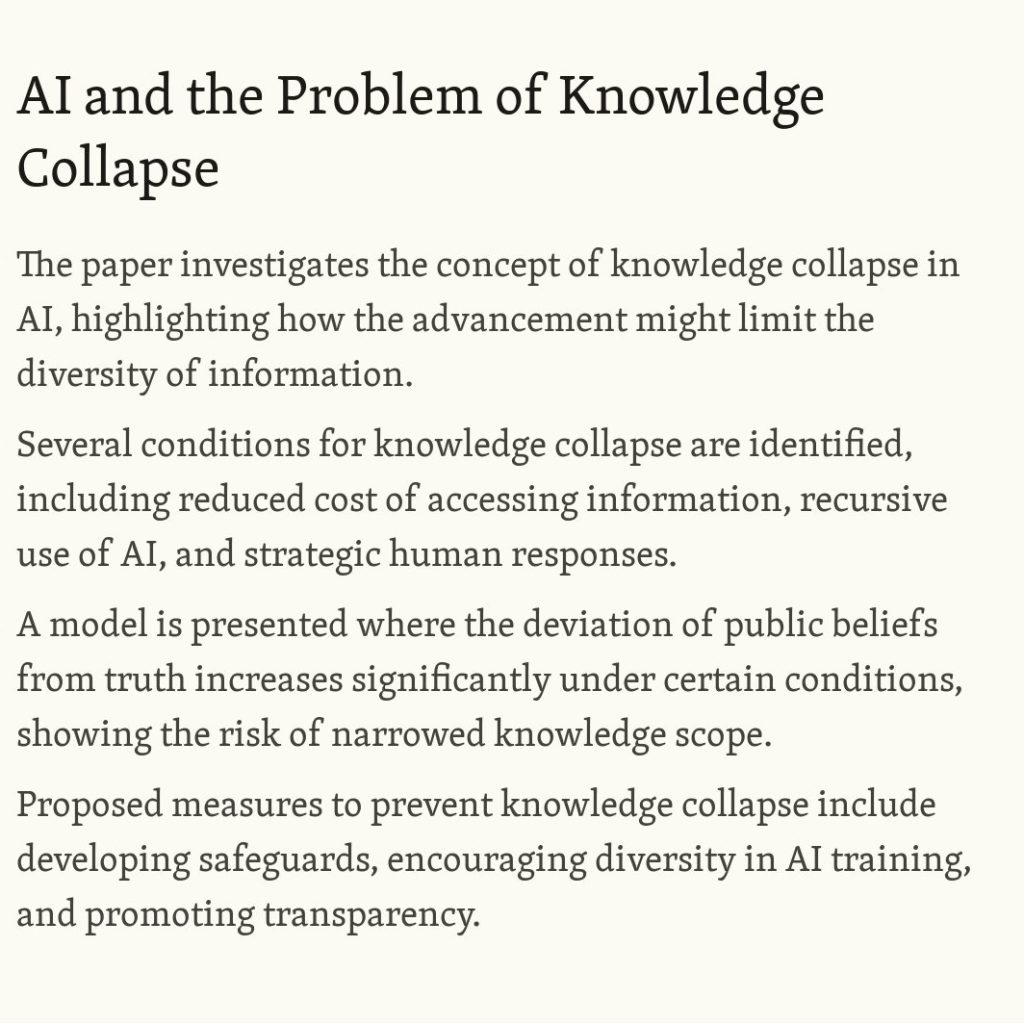In a remarkable twist of fate, crypto and (AI) artificial intelligence are drawing closer, signaling a potential revolution in both sectors. Despite historically being viewed as opposing forces, recent developments indicate a harmonious intersection that could redefine the landscape of digital innovation.
A bold vision for the future
OpenAI’s recent unveiling of Sora, a cutting-edge text-to-video model, has captivated the tech world, showcasing the accelerating pace of AI advancements. OpenAI CEO Sam Altman’s ambitious proposal to raise $7 trillion for chip design and manufacturing underscores a significant commitment to AI’s future. This colossal figure, dwarfing the current total cryptocurrency market cap, has ignited discussions around the potential scale of the crypto AI market. Despite AI tokens holding a market cap of approximately $16 billion, a fraction of the broader crypto market, their rapid growth trajectory mirrors the exponential trends often associated with cryptocurrency investments.
Diverging philosophies, converging paths
The ideological divide between cryptocurrency and AI has been debated among industry leaders. Cryptocurrency, with its roots in decentralization, contrasts with the centralization that AI systems typically thrive on. Peter Thiel famously articulated this dichotomy, further discussed by Ali Yahya of a16z Crypto, highlighting the fundamental differences in how each technology approaches distribution and control.
However, beneath these philosophical differences lies a common goal: accessibility. Cryptocurrency’s decentralized finance (DeFi) systems and AI’s intelligent interfaces aim to democratize access to financial services and information. The challenge of inherent biases in AI, a byproduct of its centralized nature, is being addressed through innovative approaches that leverage cryptocurrency’s incentivization mechanisms to foster a more decentralized AI landscape.
Crypto and AI to Bridge the gap with innovation
Enterprises like Bittensor are at the forefront of merging crypto with AI, advocating for a decentralized model of AI development. By creating a blockchain-based network of machine intelligence, Bittensor aims to facilitate an ecosystem where AI models can communicate, share knowledge, and evaluate each other’s contributions. This promotes a more balanced and diverse data pool and introduces a meritocratic system where contributions are ranked and rewarded, mirroring the incentivization structures found in the crypto world.
This synergy between crypto and AI presents a fertile ground for innovation, where the principles of decentralization could lead to a new era of AI development. By embedding incentivization directly into the AI model development process, there’s potential to overcome some of the centralization challenges that have plagued AI, making way for a more equitable and transparent digital future.
The convergence of cryptocurrency and AI marks a pivotal moment in the evolution of technology. As the sector moves forward, blending these two powerful forces could unlock unprecedented opportunities for growth, innovation, and accessibility. The journey towards a decentralized digital world is fraught with challenges, but the mutual benefits that crypto and AI can offer each other suggest a promising path.
With the tech community buzzing over the possibilities, the market is keenly watching the crypto AI space. The trends of the past few days are just the beginning. As investments flow and technologies mature, the crypto and AI nexus is set to become a cornerstone of the next digital revolution, offering a glimpse into a future where technology is more inclusive, efficient, and democratically controlled.





